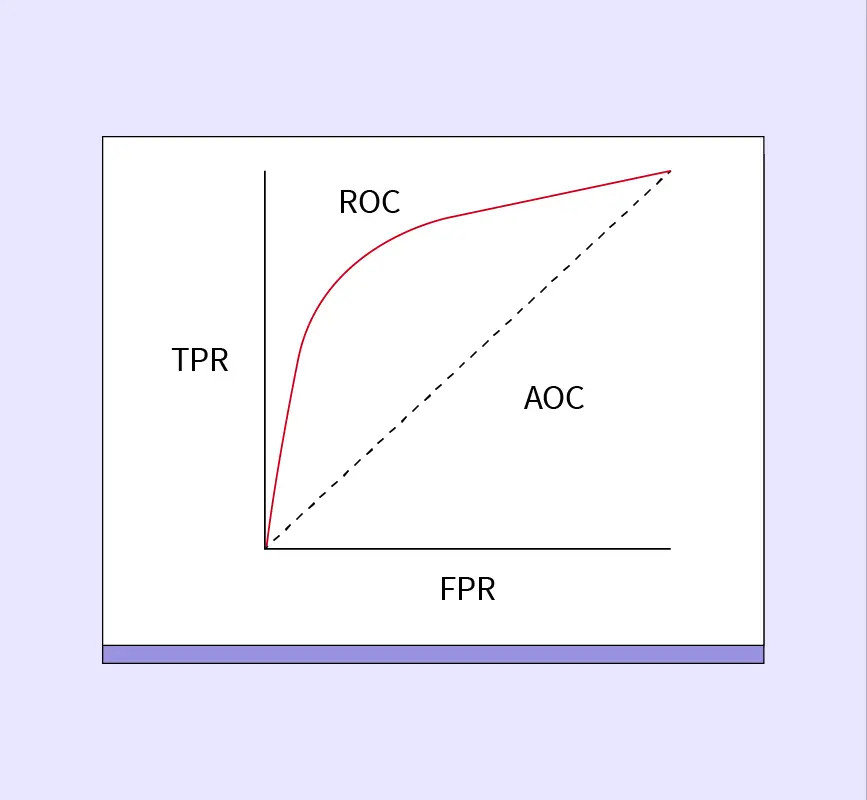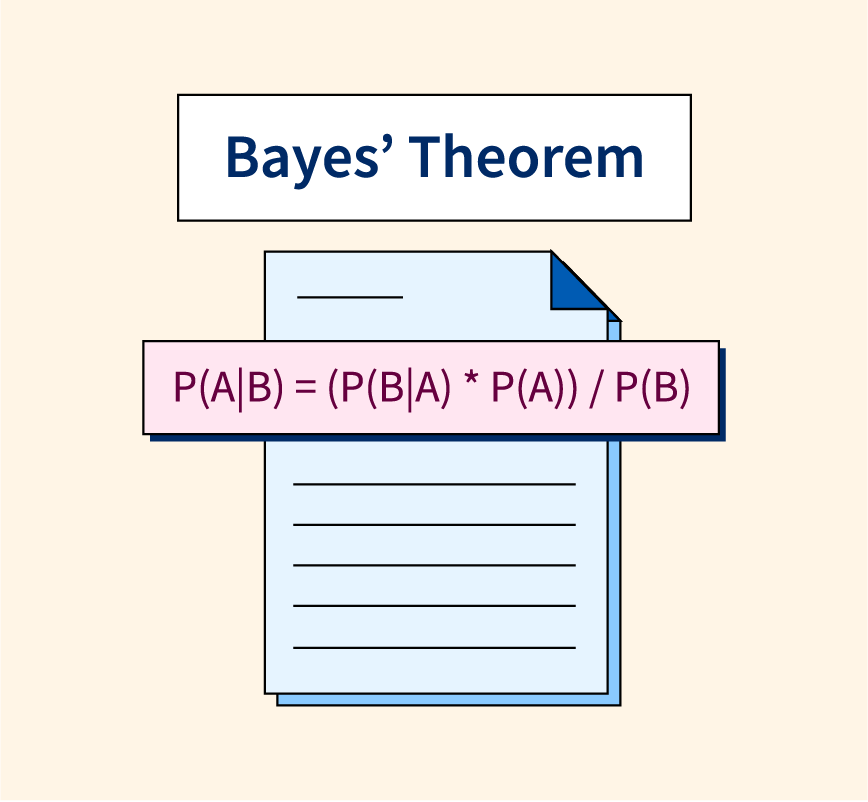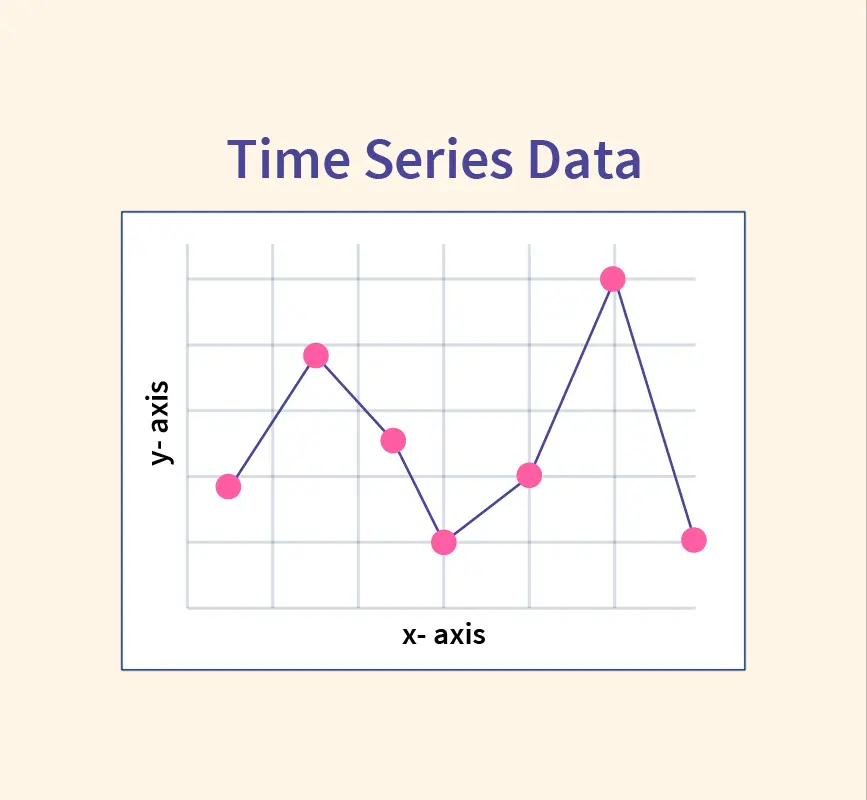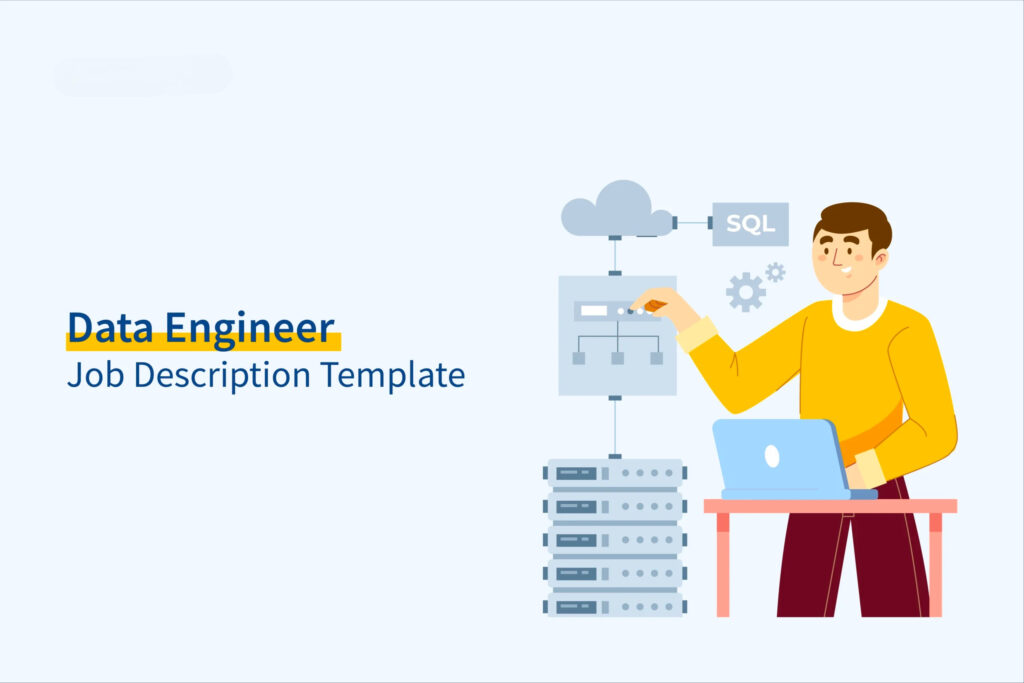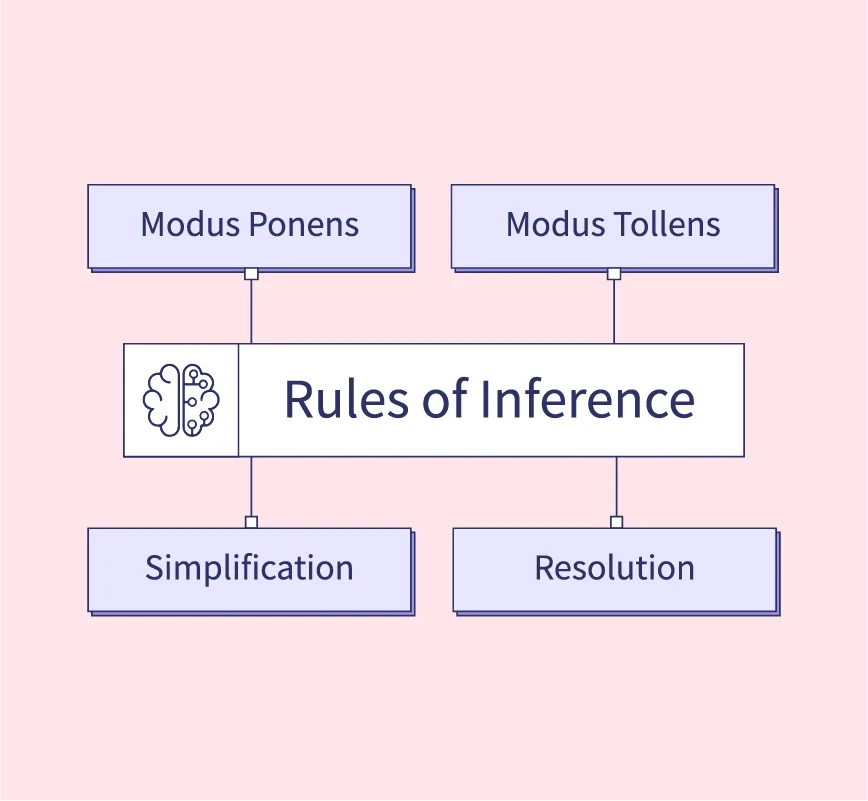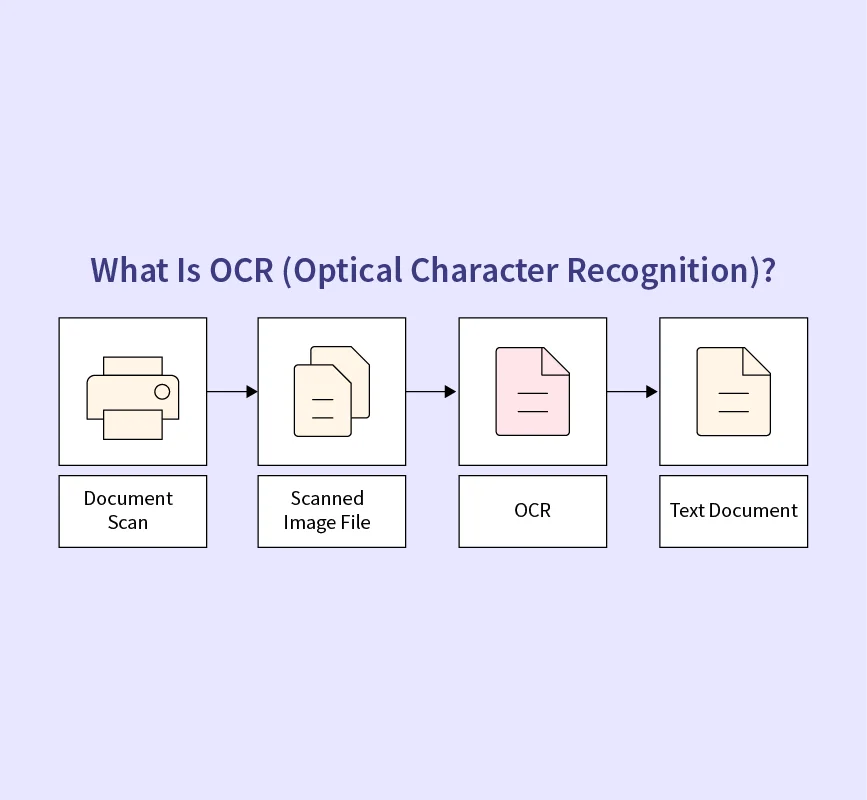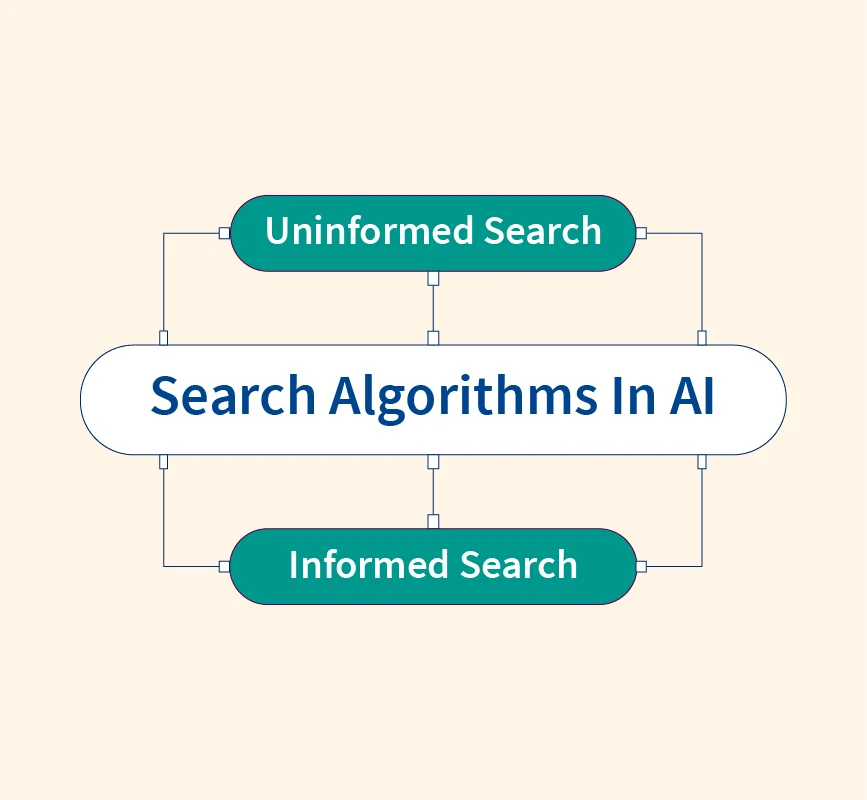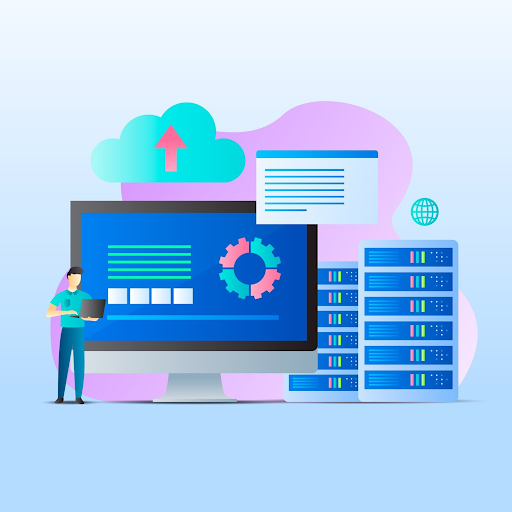AUC ROC Curve in Machine Learning
Evaluating machine learning models, especially for classification tasks, goes beyond measuring just accuracy. In real-world scenarios—such as fraud detection, medical diagnosis, or spam filtering—datasets are often imbalanced, making accuracy an unreliable metric. This is where the AUC-ROC Curve becomes essential. It provides a comprehensive view of a model’s ability to distinguish between classes across various ...
